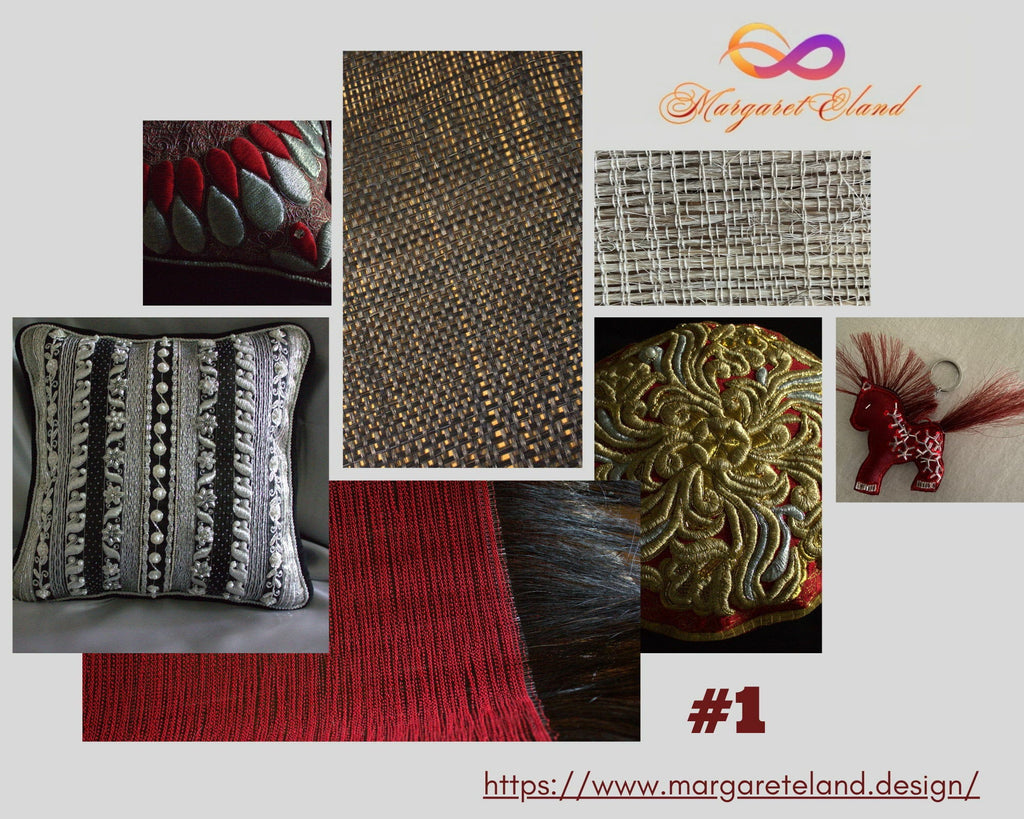
Horsehair as a Cultural and Technological Resource in Siberian Societies

Historians rank horsehair among the top three most commonly used natural materials by the peoples of the Cis-Baikal region, alongside nettles or hemp and animal sinews. Used since at least the late Bronze Age—and possibly earlier, when wild horses roamed the region—horsehair served a vital role in daily life and specialized crafts. Its exceptional properties, including durability, lightness, quick-drying nature, and tensile strength nearly comparable to steel wire, made it ideal for a wide range of applications: sewing, tying, net-making, reins, lassos, crossbow components, and fastening birch bark items.
Among the Tuvan people, horsehair was twisted into cords using a simple yet effective technique: multiple strands were folded and twisted into thin ropes. The Khakassians employed a more intricate process—initially forming rings of moistened hair and splicing the ends, with women crafting the thread and men fashioning lassos from it.

For the Sakha people, horsehair weaving was both a domestic art and a spiritual practice. Each spring, during the castration of year-old colts, their manes and tails were harvested. Women then wove the hair into ropes, household items, clothing, toys, and ritual accessories. The ropes were especially valued, not only for their practical use but also for their symbolic power—functioning as amulets and spiritual tools used in shamanic rituals to ward off or trap malevolent forces.
Though time has passed and machines now shoulder many burdens, horsehair hasn’t vanished from memory—or from making. Today, its strands are woven into beauty: in the hands of artists and crafters, horsehair becomes delicate adornment, ceremonial trim, a whisper of the old world captured in braids and weaves. No longer just a tool for work or spirit, it lives on as art—reminding us that the threads of the past are never far from the present.


